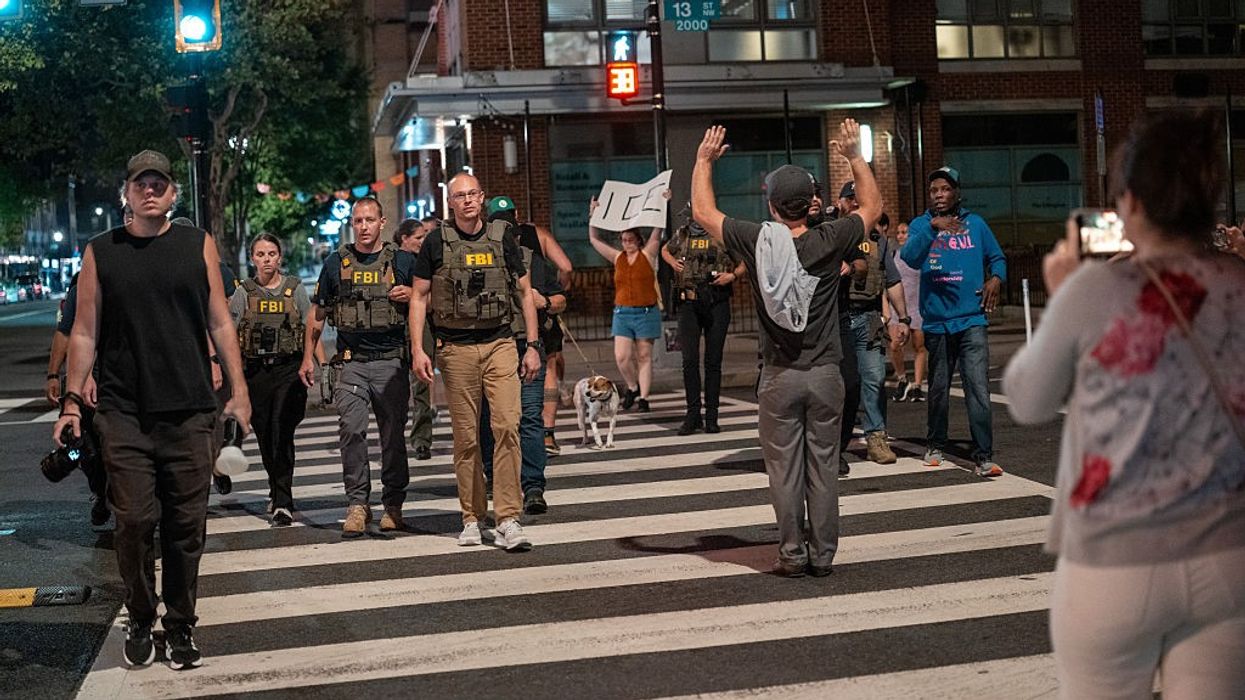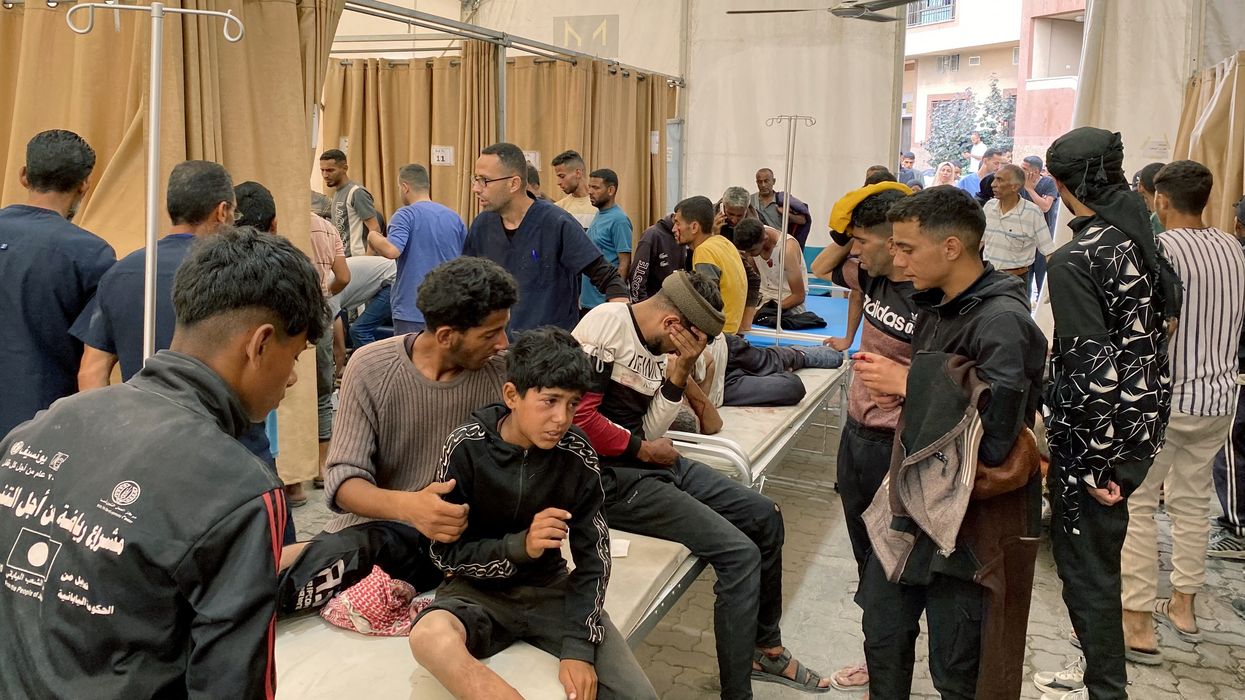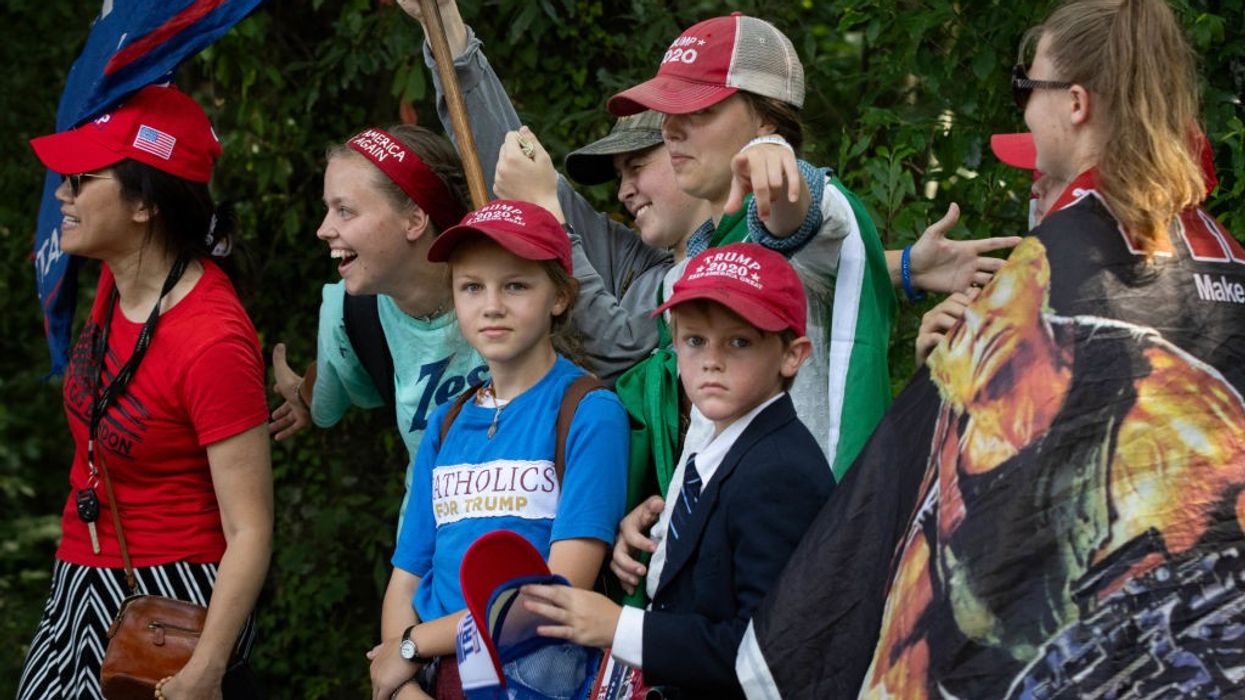The Straw Man City and the Architecture of Selective Small Government
Trump’s urban takeovers reveal a governing pattern that blends the language of small government with a readiness to deploy maximum state force when it serves political ends.
In August 2025, the president announced he was placing Washington, DC’s police department under direct federal control and deploying the National Guard to patrol the city. The move came without a request from local officials, despite crime being lower than the year before. Within days, troops in fatigues and federal agents in marked jackets were stationed in neighborhoods, helicopters circled overhead, and armored vehicles were parked near the Washington Monument. Mayor Muriel Bowser called it “unsettling and unprecedented,” a rupture in the norms that had governed relations between the capital’s elected leadership and the federal government for decades.
Two months earlier, a similar dynamic played out in Los Angeles. Following nationwide immigration raids that led to more than 2,000 arrests, protesters blocked Immigration and Customs Enforcement detention vans and gathered outside federal buildings. The president responded by activating the National Guard. Helicopters circled overhead. Tear gas drifted across a Home Depot parking lot. The city’s leadership had not asked for help, nor was there evidence of a breakdown in public order.
These were not acts of emergency governance. They were deliberate assertions of federal power over political opponents, designed for maximum visual and emotional impact. They were meant to be seen far beyond the city limits—and they revealed a governing pattern that blends the language of small government with a readiness to deploy maximum state force when it serves political ends.
The intended audience for these deployments was not the people of DC or Los Angeles. It was voters in suburban Pennsylvania, rural Wisconsin, and the exurbs of Georgia—people who will never walk those streets but have been told for years that cities led by Democrats are dangerous, chaotic, and out of control. For them, the images of soldiers in intersections, helicopters circling landmarks, and armored vehicles rumbling past storefronts confirmed a story they had already been given.
The state was oppressive when enforcing environmental rules or civil rights, heroic when arresting migrants, deploying troops to cities, or cracking down on protest.
This is the “straw man city”: Chicago as shorthand for lawlessness, DC as the embodiment of disorder, Los Angeles as the symbol of unchecked protest. The facts on the ground—that Chicago’s violent crime has dropped this year, that the LA protests were contained—are irrelevant to the purpose of the spectacle. The story is already in circulation, reinforced nightly by cable news loops and social media clips showing the most dramatic moments and omitting the rest.
This selective version of small government is not new. In the early republic, Thomas Jefferson warned that centralized authority threatened liberty, yet expanded federal power for the Louisiana Purchase and infrastructure projects that benefited white settlers while excluding enslaved people and Indigenous nations. After the Civil War, “states’ rights” became a shield for Southern leaders opposing Reconstruction, decrying federal civil rights enforcement as tyranny while embracing federal subsidies that bolstered the white Southern economy.
The New Deal brought an unprecedented expansion of federal social provision, met by fierce opposition from those who accepted federal military spending and farm subsidies but rejected social insurance and labor protections. In the 1980s, Ronald Reagan fused economic and cultural politics, cutting taxes and regulations while expanding defense spending and the war on drugs. After September 11, a vast domestic security apparatus was built in the name of crisis response, billed as temporary but made permanent.
US President Donald Trump’s first term inherited this scaffolding and made the selectivity explicit: The state was oppressive when enforcing environmental rules or civil rights, heroic when arresting migrants, deploying troops to cities, or cracking down on protest. In his second term, this logic is even more visible.
A Global Pattern
This model mirrors patterns in other nationalist and populist governments. In Hungary, Viktor Orbán has weakened independent regulators while expanding media control and policing powers. In India, Narendra Modi has combined privatization with an aggressive cultural enforcement capacity. In Brazil, Jair Bolsonaro paired environmental deregulation with military influence in civilian government. In each case, small-government rhetoric coexists with a large, intrusive state aimed at controlling political opponents and enforcing cultural norms.
Democrats’ Blind Spot
Privately, many Democrats will say the public is misinformed about crime, immigration, and the condition of American cities—and that racial bias shapes how many Americans interpret what they see, turning even modest disorder into proof of collapse if it involves people of color. But frustration at misinformation does not change the political reality: Voters respond to imagery and perceived safety. A suburban voter who sees troops in the streets is not thinking about the separation of powers; they are thinking something bad must be happening.
Too often, Democrats respond as if these are policy disputes, countering with statistics and program histories. Facts matter for governing, but they rarely break through emotionally. And too often, they aim their rebuttals at local residents while the president is speaking to a national audience. This leaves the “straw man city” narrative uncontested in the very places where it is most politically effective.
Fighting on Two Fronts
Closing this gap requires fighting on two fronts at once. Locally, leaders must acknowledge residents’ concerns without dismissing them and pair that recognition with visible improvements: safer transit, better lighting, more detectives to solve violent crimes, strong youth programs, affordable housing, and mental health crisis teams. These are not abstract promises but concrete actions people can see.
Nationally, they must dismantle the straw man before it becomes the only picture in voters’ minds. That means showing images of neighborhoods where safety has improved, community programs that work, and city officials acting decisively. It means refusing to let fear-based stagecraft dominate the screen.
If residents believe their leaders cannot keep them safe, they will accept safety however it comes—even in the form of an occupying force.
Some Democrats will resist this, worrying it concedes too much to false frames. But history shows that avoiding the frame does not erase it—Richard Nixon’s “law and order” and Reagan’s “welfare queen” became “conventional wisdom” when left uncontested.
Authoritarianism thrives in the gap between what leaders say and what people feel. If residents believe their leaders cannot keep them safe, they will accept safety however it comes—even in the form of an occupying force. The interventions in DC and Los Angeles were not exceptions. They were demonstrations of how perception can be weaponized, how small-government rhetoric can mask a big and intrusive state, and how the straw man city can be used to justify that intrusion again and again.
The fight ahead is not over whether government should be big or small. It is over whom it serves, how it acts, and whether liberty remains a shared guarantee or becomes a conditional privilege. If Democrats do not claim that story now, they will discover the straw man city already built for them—ready to be deployed in the next manufactured emergency.


